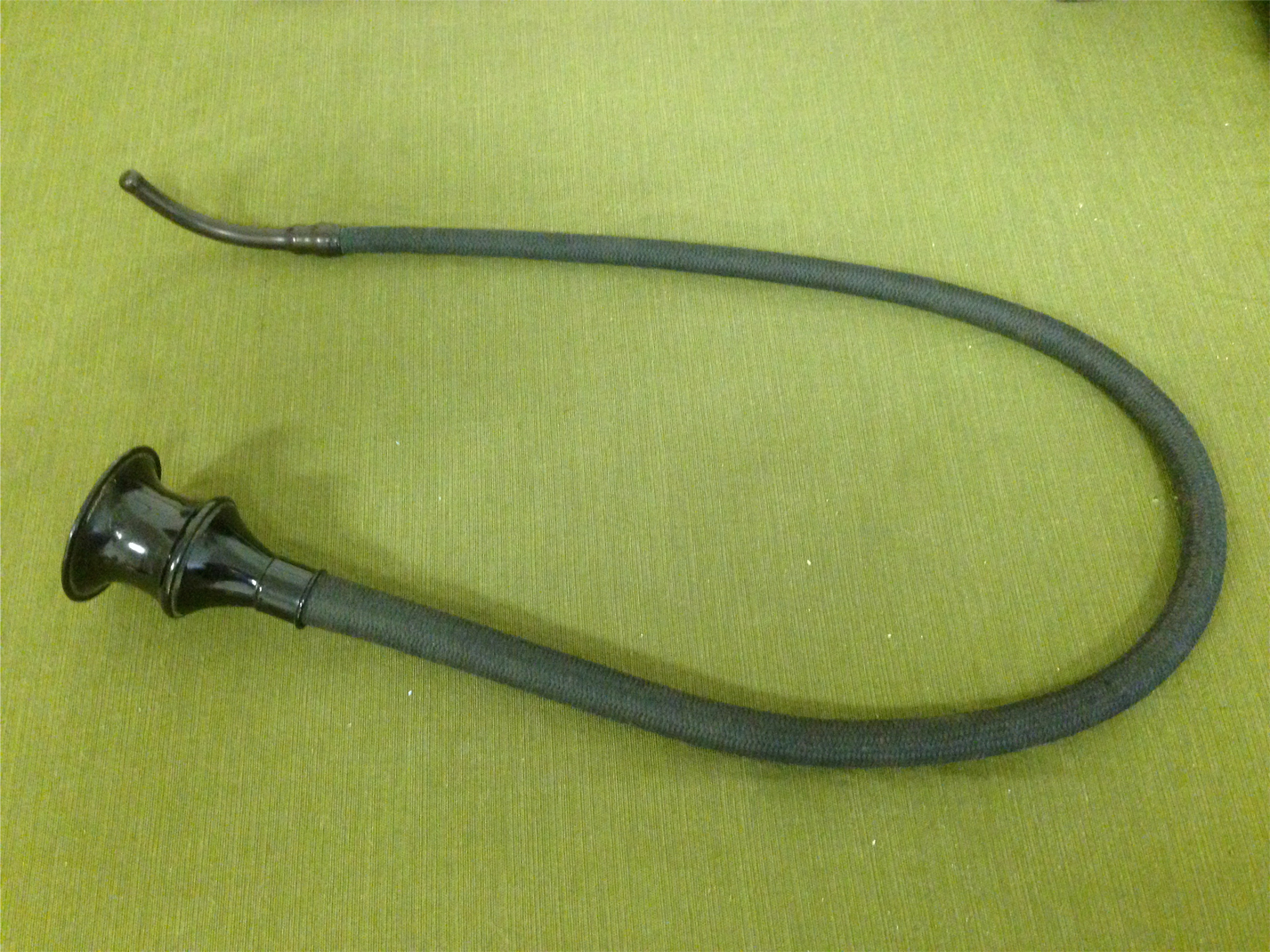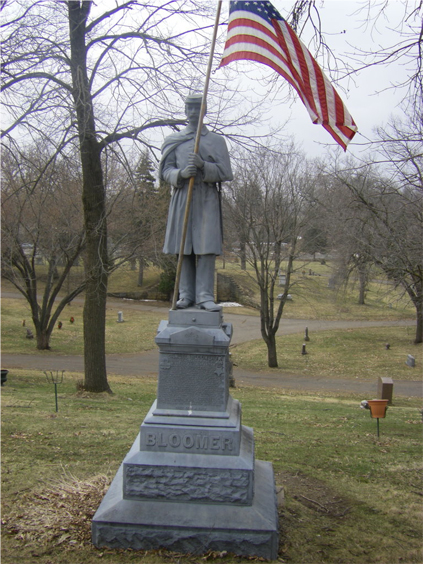|
This issue: Contents
Tuesday, June 30th, 2015
Editor’s NoteHello everybody! Hope you’ve been having yourself a couple of fantastic weeks here since we last got together for a chat! Today, we’ll start off by hearing Hay Lake Manager Dustyn Dubuque recap our 8th Annual Beer Tasting… and in case you missed the event, please try to rein in your jealousy of all the fun we had. In our second News Story I’ll give you all the information about our next Warden’s House program: “Newell Burch: Surviving Andersonville Prison”. During the presentation on Sunday, July 5th, you’ll be asked to spend an afternoon with the horrors of the Confederacy’s deadliest prison camp. I’ve wandered into one of our storage rooms and pulled out another obscure artifact to continue the always popular “What Is This Thing?!” series. In the Old News of the day, we’ll take an in-depth look at the creation of a Stillwater staple. This well-known local locale is so popular that people are literally dying to get in! Wrapping up today’s issue, summer school is now in session when Dustyn returns to begin his “One Room School” series. His first lesson covers the big-wigs and decision-makers of the rural school district: the Teachers and the School Board. Want to learn more about the history of Washington County? “Like” WCHS on Facebook, follow us on Twitter and explore our massive photograph collection through our intern-run Instagram! Sean Pallas Historical Messenger editor and Warden’s House Site Manager WCHS NewsBeer Tasting RecapDustyn Dubuque, Hay Lake Manager It was another great day for the Beer Tasting event this year that is located on the ground of the Hay Lake Museum. On June 20th, 2015 we welcomed breweries of old and new to the festivities. The day began with many HUZZAH’S as 1860s vintage base ball was being played next to the Hay Lake School Museum. This year featured the Rum River Rovers (Anoka, MN), Menomonie Blue Caps (WI), and Washington County’s own St. Croix Base Ball Club. It was a perfect day for this gentlemen’s game. Game 1: Menomonie Blue Caps – 1, St. Croix BBC – 0 Game 2: Rum River Rovers – 11, Menomonie Blue Caps – 2 Game 3: Rum River Rovers – 8, St. Croix BBC – 0 At 4:00 the festivities began. The crowd began to line up to collect their take–home tasting glass sponsored by Lift Bridge Brewing (Stillwater, MN) and their bag of Dot’s Pretzels (ND). Each attendee had a variety of choices with 13 different breweries and 1 bloody mary mix out of Somerset, WI (Redneck Juice). The returning breweries were Joseph Wolf, Lift Bridge, Still H2O, Tin Whiskers, Summit, Sierra Nevada, Lagunitas, St. Croix Brewing, and Bent Brewstillery. Newcomers were Mankato Brewing, Eastlake Craft Brewery, and Granite City Brewing. From Pilsners, to IPA’s, to Double IPA’s, and even raspberry lager’s there was sure plenty of different beers to try. The craft beer scene is booming in Minnesota, all over the United States for that matter, so if you have an opportunity to try anything by these different vendors…go for it! In addition, food was provided by the Scandia Lion’s Club. Doug Hoverson, author of Amber Waters: History of Brewing in Minnesota, gave a quick presentation of the border battle between Minnesota and Wisconsin when it comes to brewing beer. Photographer Mark Fay of Bottoms Up: Wisconsin’s Historic Taverns and Breweries was also on hand to show photographs and sell books. Many attendees also tried their hand at Hammerschlagen (which quite simply is pounding a nail into a piece of wood – it is a little harder than it looks!) To round out the day a silent auction with terrific items was on hand. All in all roughly 230 people attended the festivities, raising more funds than last year. Each year the event is growing in popularity so please join us next year on June 19th, 2016 for the 9th installment of this fantastic event! More: Events WCHS NewsNewell Burch: Surviving Andersonville Prison |
Upcoming Events
More information: WCHS Events >>> Preserve the Past, Share in the Future!Become a member of the Washington County Historical Society! Membership is one way that you can help support the Washington County Historical Society. Your membership helps us collect, preserve, and disseminate the history of Washington County for county residents and visitors in the belief that a historical perspective enhances our understanding of community and sense of place. Benefits of membership:
The Washington County Historical Society has depended on membership ever since it was formed in 1934. Please show your support for the organization by becoming a member today. More: WCHS Membership >>> Mission StatementWashington County Historical Society collects, preserves, and disseminates the history of the county and state of Minnesota.
|
|||||||



 After the Civil War, Stillwater’s lumber industry and with it the city itself was booming. Between 1860 and 1870, the population nearly doubled from 2,380 to 4,124.
After the Civil War, Stillwater’s lumber industry and with it the city itself was booming. Between 1860 and 1870, the population nearly doubled from 2,380 to 4,124. Can you imagine being a teacher in a one room school? In most cases, teachers were young women, often times only 19 or 20. In the 1930s a man or woman only needed to attend a normal school for 2 years to get their teaching certificate. The first of these being Winona State Normal School which opened in 1858. These schools were necessary as some counties had over a 100 one room schools, Washington County had 79.
Can you imagine being a teacher in a one room school? In most cases, teachers were young women, often times only 19 or 20. In the 1930s a man or woman only needed to attend a normal school for 2 years to get their teaching certificate. The first of these being Winona State Normal School which opened in 1858. These schools were necessary as some counties had over a 100 one room schools, Washington County had 79.